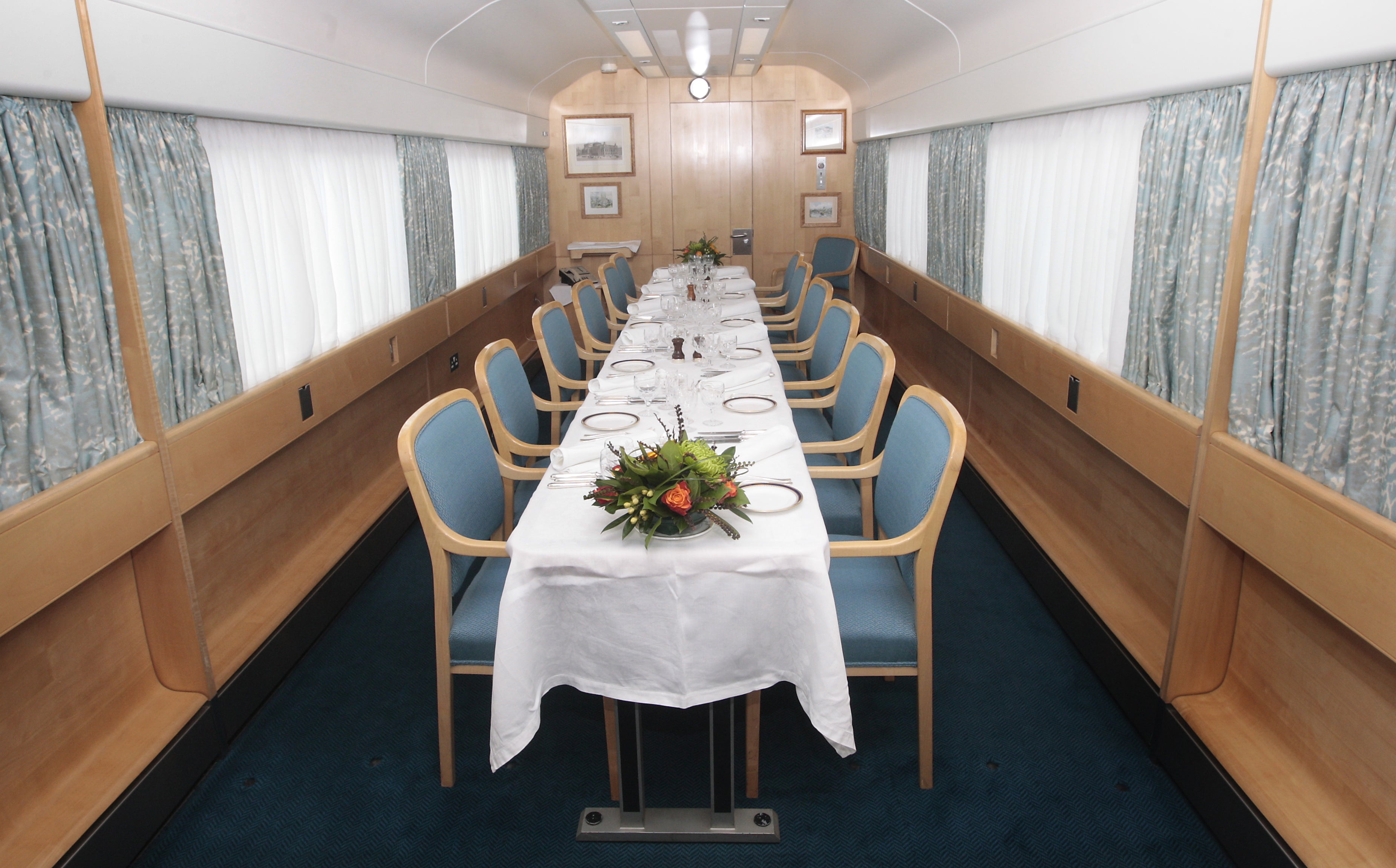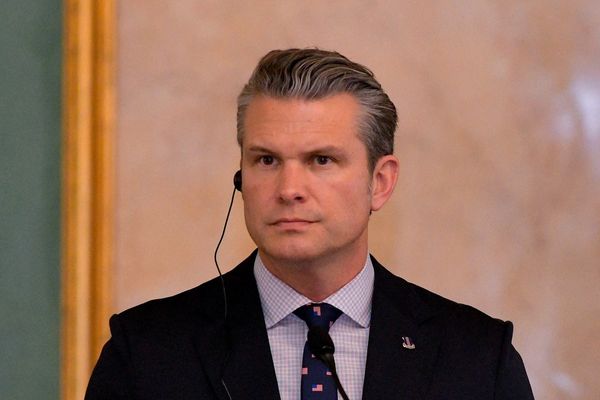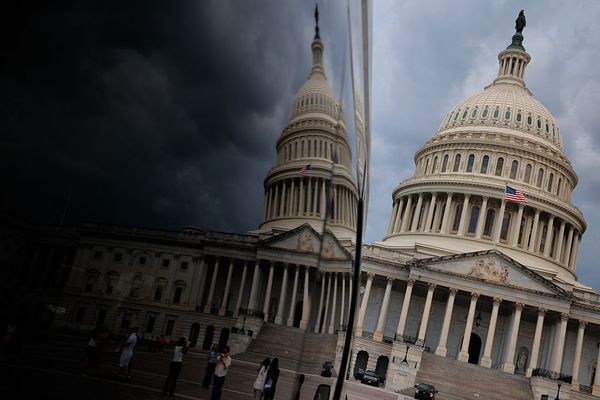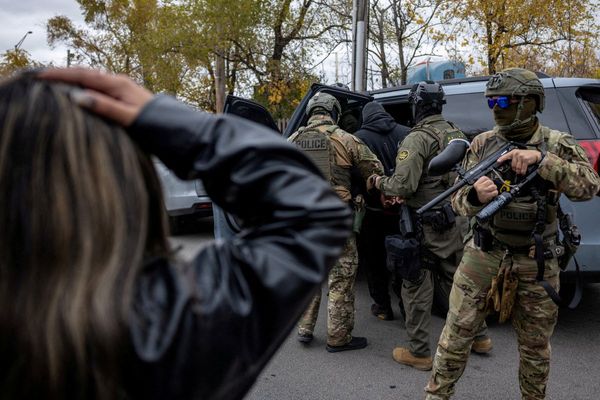King Charles has approved decommissioning the royal train following decades of service.
The nine-carriage train, a favourite of Queen Elizabeth II and the late Duke of Edinburgh, will stop running ahead of a maintenance contract ending in early 2027, according to the annual royal accounts.
Reasons behind the move include the cost of storing and maintaining the train against its level of use, the significant investment needed to keep the train in use, and that two new helicopters were reliable alternatives for members of the royal family.
James Chalmers, Keeper of the Privy Purse, described the move as an example of the royal household applying “fiscal discipline” in its drive to deliver “value for money”.
The King is said to have fond memories of the train, which features a carriage created for Charles in the mid-1980s, which he still uses now that he is King.

The Prince of Wales is said to be aware and supports the decommissioning decision.
“The royal train, of course, has been part of national life for many decades, loved and cared for by all those involved,” Mr Chalmers said.
“But in moving forward, we must not be bound by the past.
“Just as so many parts of the royal household’s work have been modernised and adapted to reflect the world of today, so too, the time has come to bid the fondest of farewells, as we seek to be disciplined and forward in our allocation of funding.
“With His Majesty’s support, it has therefore been decided that the process to decommission the royal train will commence next year.”
The annual accounts showed the Sovereign Grant, which supports the official duties of the royal family, will remain for a fourth consecutive year at £86.3 million, while royal travel increased by £500,000 to £4.7 million and payroll costs were up £2 million to £29.9 million.
The rundown of royal finances – from April 1 2024, to March 31 2025 – covers the months following the King and the Princess of Wales’s double cancer diagnosis and the majority of 2024 – the year described by the Prince of Wales as “brutal”.

Charles made a rapid return to public-facing duties in April, while Kate made a more gradual one after revealing in September she had finished her chemotherapy treatment, and later confirmed at the start of 2025 that she was cancer-free.
Mr Chalmers said that after returning to public-facing duties in April 2024, the King “… demonstrated remarkable resilience by undertaking a wide programme of public and state duties at home and overseas while continuing to receive treatment, demonstrating not only His Majesty’s personal commitment to duty but also the adaptability and resilience of the royal household in ensuring continuity of service, no matter the personal circumstances”.
The royal train was decorated and furnished to meet the needs of senior royals.
In 2020, William and Kate made a 1,250-mile train journey over three days to thank key and frontline workers and communities for their efforts during the pandemic.
Mr Chalmers said: “Before it finally goes out of service, it is our hope that the train will make further visits to parts of the UK, while discussions will begin on finding a long-term home where some particularly historic elements might go on public display.”
What is a heat dome? Weather system explained as Europe faces sweltering temperatures
Weather map: Temperatures could soar to 35C as Britons swelter in heatwave
Labrador-sized big cat could be reintroduced into wild in UK within two years
Five-year-old boy died from allergic reaction after eating biscuit at school
Sainsbury’s hails highest market share for nearly a decade as sales surge
Premium Bonds cuts prize rate again – are they still worth it?







